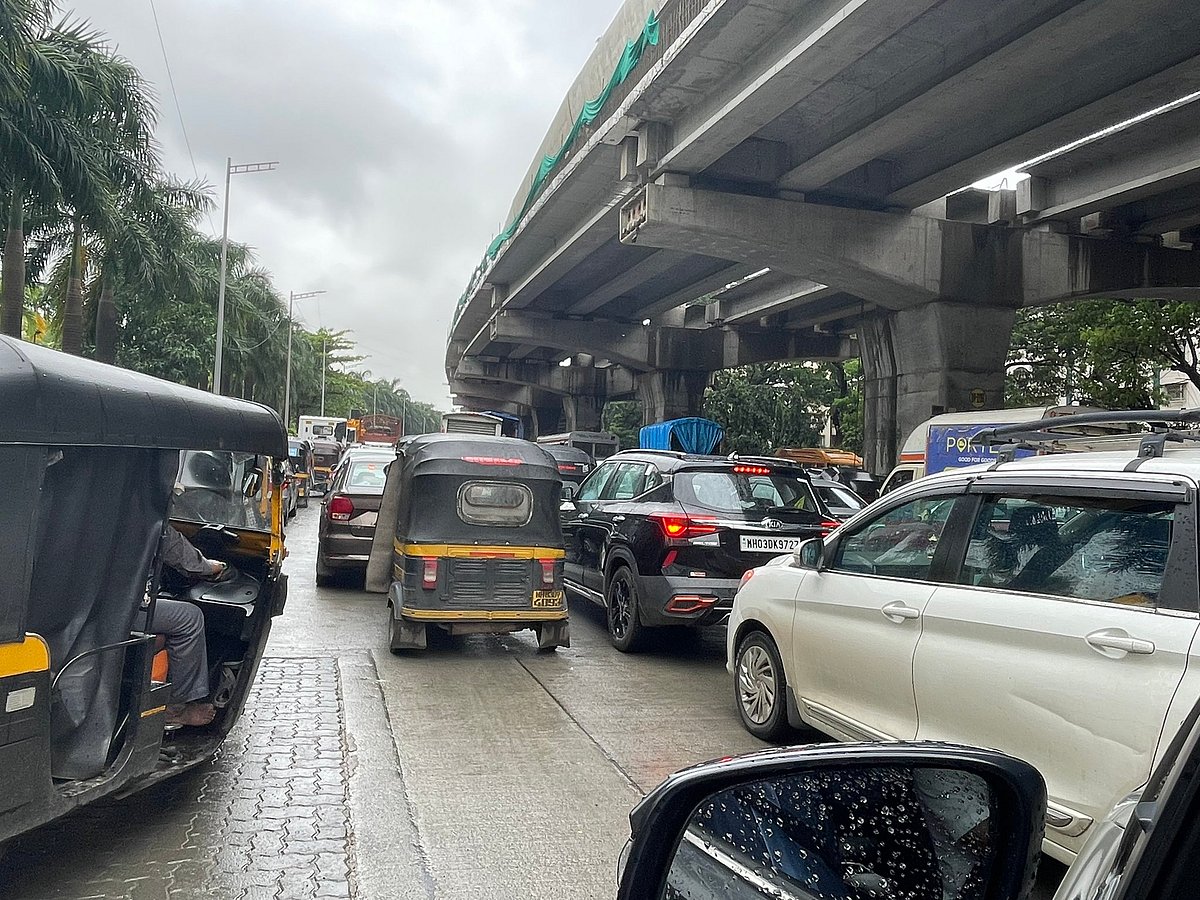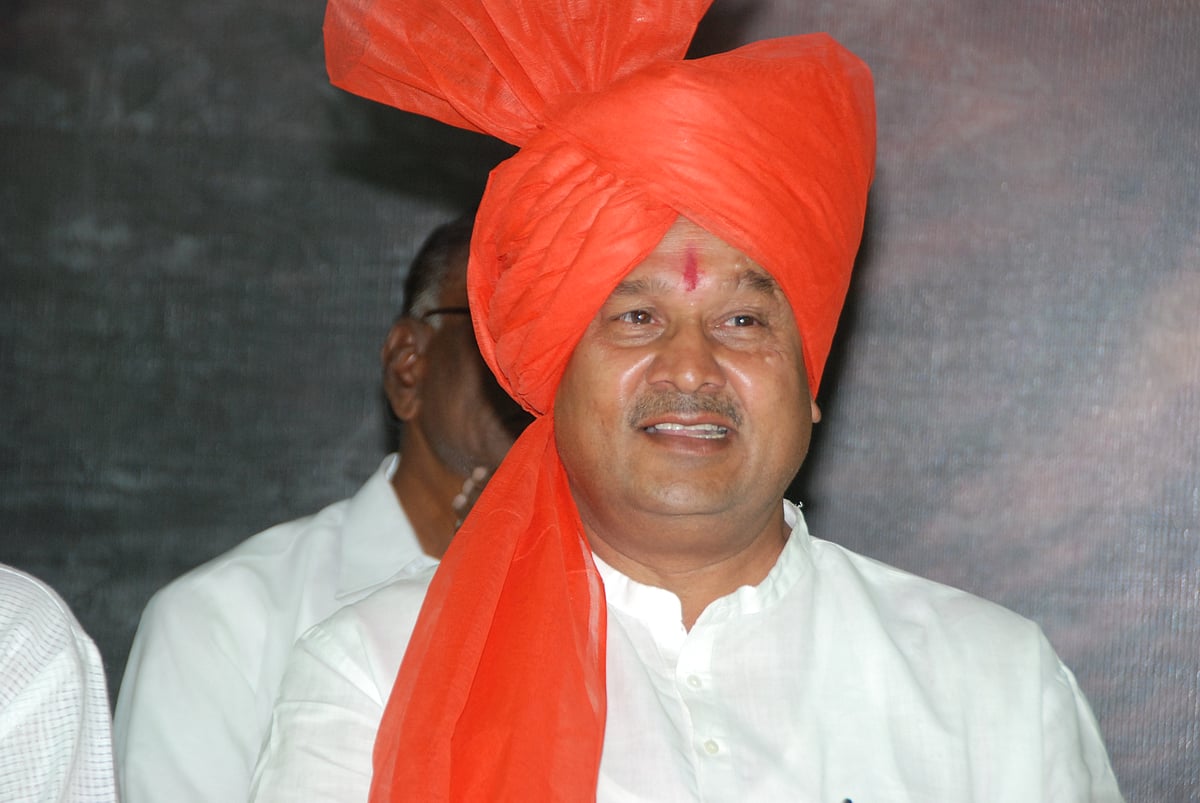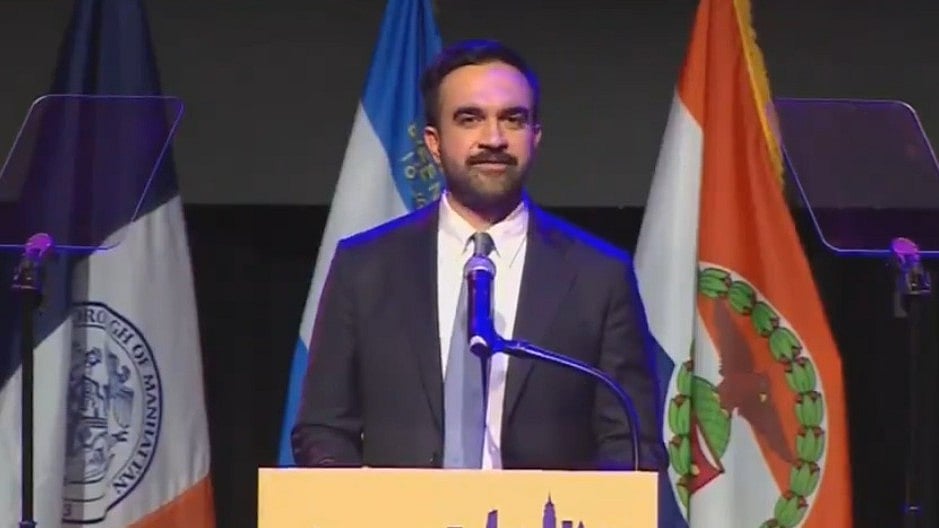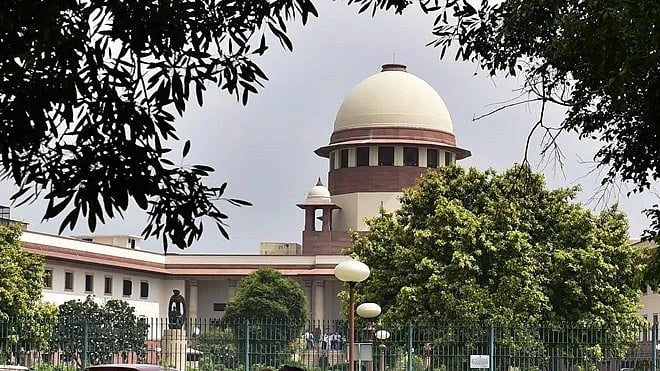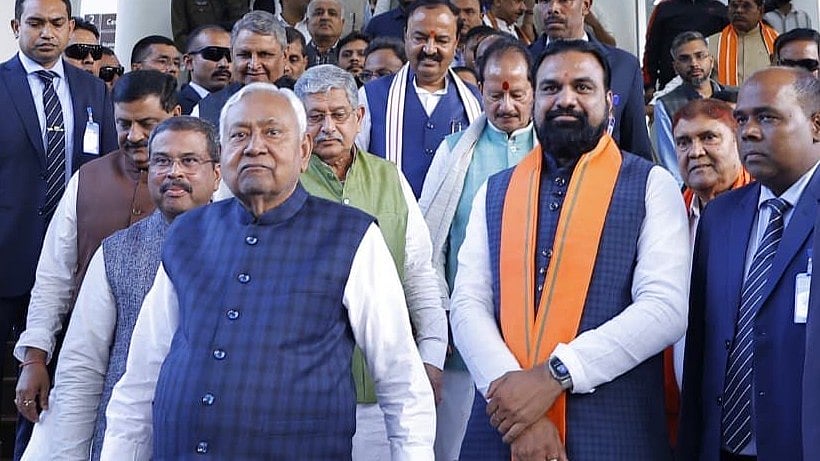Turn the pages of the records for Bombay of 1947-50. When India gained independence from the British and the first Census in independent India was undertaken at the turn of that decade, the population of Bombay was barely three million. It was then the largest city in the country in terms of population. Nearly 75 years later, the city houses more than 20 million people – a staggering six to seven times increase.
However, Mumbai stopped being a city that offered a great quality of life for the large majority of its residents long ago. Its dynamism, vibrancy, and never-say-die attitude may draw migrants across all classes every year, but the quality of life or the wellness index in Mumbai is far from average or adequate. In fact, parts of the city such as the M-East ward in the southeast corner of Mumbai have human development indices on par with or worse than some of the poorer and backward states of the country. Travelling from Pedder Road where the Ambanis reside to Vashi Naka where some of the most dispossessed live feels dystopian in every sense of the word, so stark is the difference, so overwhelming the inequality.
As the city expanded with every spurt in population growth, moving northwards given its geographical linearity, and tested waters across the creeks to the east, larger and larger swathes of natural areas came under the axe. Rivers and water streams turned into nullahs, massive landfilling was done to create more land – well, the city was anyway built by landfilling the sea-swept tracts and estuaries – hills were flattened and the green cover reduced in ways that vividly shows on then-and-now maps of the city. The augmentation and addition of physical infrastructure has been skewed across the city, focused on certain areas to hype the city’s attractiveness to private investment, national and international, while other areas have been neglected. Planning for the city turned into an exclusive domain; also, plans were bypassed by transactional tools such as development control regulations, making land the most precious commodity.
Encapsulated in the story of Bombay or Mumbai’s growth is the story of India’s post-Independence urbanisation. When India awoke to her freedom, barely 17 per cent of Indians lived in her cities and the country was rural-agricultural by an overwhelming margin. As Gandhi famously said, India lived in her villages. The first few decades after Independence were the growth years but only a handful of cities, those that had been set on the growth path by the British – in their self-interest, it’s necessary to add – blossomed. These meant Bombay, Calcutta, and Madras; Delhi, the national capital, started out with an advantage. This top-heavy and exclusive urbanisation, ad hoc at best, continued through the Nehru years and later.
The 1970s saw a growth spurt in cities but it was only in the mid-1980s that the National Commission on Urbanisation was set up with the late Charles Correa in the chair; engineer Shirish Patel, Tata head honcho Xerxes Desai, planner MN Buch and others were members. It remains the first serious report by an eclectic set of professionals – all men, by the way – on urbanisation, addressing specific areas such as health and transport, and laying out a road map for the future. By then, India’s first planned cities had taken definite shape – Chandigarh famously designed by Nehru-appointed planner Le Corbusier and Bhubaneswar by German architect Otto Koenigsberger who had begun work a year before Independence dawned. Jamshedpur, engineered by the Tata group for its steel plant near iron ore deposits, had been built from scratch in 1909 based on plans by American engineer Julian Kennedy; Koenigsberger had a role to play too.
In the 1960s, Correa and Patel, along with Pravina Mehta, had already drawn up the blueprint for New Bombay across the Vashi creek, creating a greenfield city to decongest Mumbai. New Bombay, half-heartedly built which made it look like a dormitory town servicing the main city, allowed many of the members of the National Commission on Urbanisation the much-needed insight. The Commission’s recommendations, worth revisiting even today, led to several programmes for cities and special purpose vehicles or planning and development authorities in cities with specific financial allocations. Finally, cities were getting serious attention at the policy level at the very apex of the government. In the 1980s and 90s, central government-sponsored schemes for mega cities focused on infrastructural development, urban mapping, and local self-government were initiated. Even the Jawaharlal Nehru National Urban Renewal Mission rolled out in 2005 can be traced back to the Commission’s report.
But cities do not wait for commissions, reports, and policies. Through the two decades, there was a steady growth in cities other than mega-cities. The liberalisation and globalisation policies after 1991 turned the wheel further – mega-cities turned into urban agglomerations, Tier II and III cities expanded without plans, and so on. India was indeed urbanising but in a haphazard manner, often without plans or without people’s participation in planning, lopsided in favour of the big investors. City governments, despite the Constitutional support of the 74th Amendment, did not have the resources or influence to determine growth trajectories, and ceded authority to state or central governments; their poor finances remains a vexing issue even today, undermining their capacity to plan and intervene in city-making.
Nearly 36 per cent of India’s population lives in cities now; about half, or one in two Indians, will be living in cities by 2035, according to reliable estimates. How are cities planned and built? Since liberalisation, private capital and the so-called free market played a large role in shaping cities – and yielded lopsided and unequal cities with poor quality of life for most. Repudiating this is the classic Jane Jacobs’ approach which calls for organic and people-led growth of cities without centralised planning. There’s a golden mean: plans drawn up at the area or neighbourhood level with direct participation of people which are then coalesced into a comprehensive city plan. Instead, the Narendra Modi government unveiled the Smart Cities Mission and so on – more top-down policies which do not even begin to address the most pressing problems in large cities.
India has got many things right since independence but urbanisation is not among them. Cities have flourished but only for a few. Piece-meal and project-led urbanisation is not the way forward. It is time to put in place another Commission that can lay out the broad parameters for urban growth and devolve powers to urban local bodies to draw up plans for inclusive and ecologically sustainable cities.
Smruti Koppikar, journalist and urban chronicler, writes extensively on cities, development, gender, and media. She is the founder editor of ‘Question of Cities'
